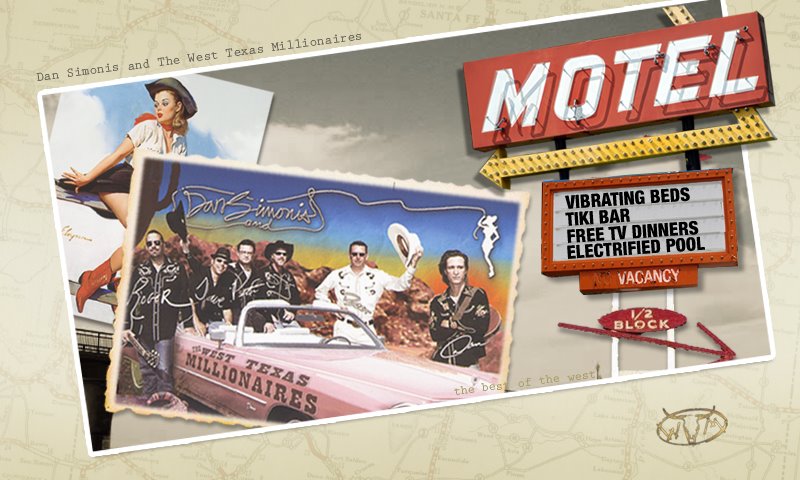
The test begins, starting by Dan nurturing the cleaning process of the album with cleaner and swab. Then he meticoulusly takes the arm and cleans the needle from any foreign substance of dust. He drops the needle and begins to close his eyes as Fleetwood Mac fills the room via a 1976 Marantz amplifier. "Yes....can you hear it? That warm sound of vinyl. You don't get that from mp3" He then switches over to his mp3 of techno jam, and he points out how bright and empty it sounds.
He continues, "In the early days of recording, most recording studios used big monitor speakers almost exclusively. Unfortunately, they also required high powered amplifiers and expensive acoustic treatment (often poorly done) of the entire control room. Still, a well-constructed big monitoring system really was impressive to listen to, a fact not overlooked by the studio owners who wanted to impress the record company executives who paid for the big studio's time. These big systems had big level control knobs, and clients enjoyed "cranking-up" the volume.
Fortunately, recording engineers and producers eventually learned that this was not the best way to accurately mix music because it wasn't the way people listened to their radios, cassettes and CD players (metal heads excepted). Also, big monitor systems and the costs for the required control room acoustic treatments were going through the roof (no pun intended), particularly beyond the budget limits of smaller project and home studios which were growing in numbers. A new way of accurate monitoring was needed: near-field monitoring."
Spoken like a gentleman, Dan. Well, he continued to admire his P.A. system and turned up the volume, grinning like a kid at Christmas, with the windows vibrating precariously. Yes, Dan was in hog heaven, reliving a forgotten art of stereo equipment manipulation. When I left him, he had a Johnny Cash album cued and ready to go. Rock on D.J. Dan, rock on...

No comments:
Post a Comment